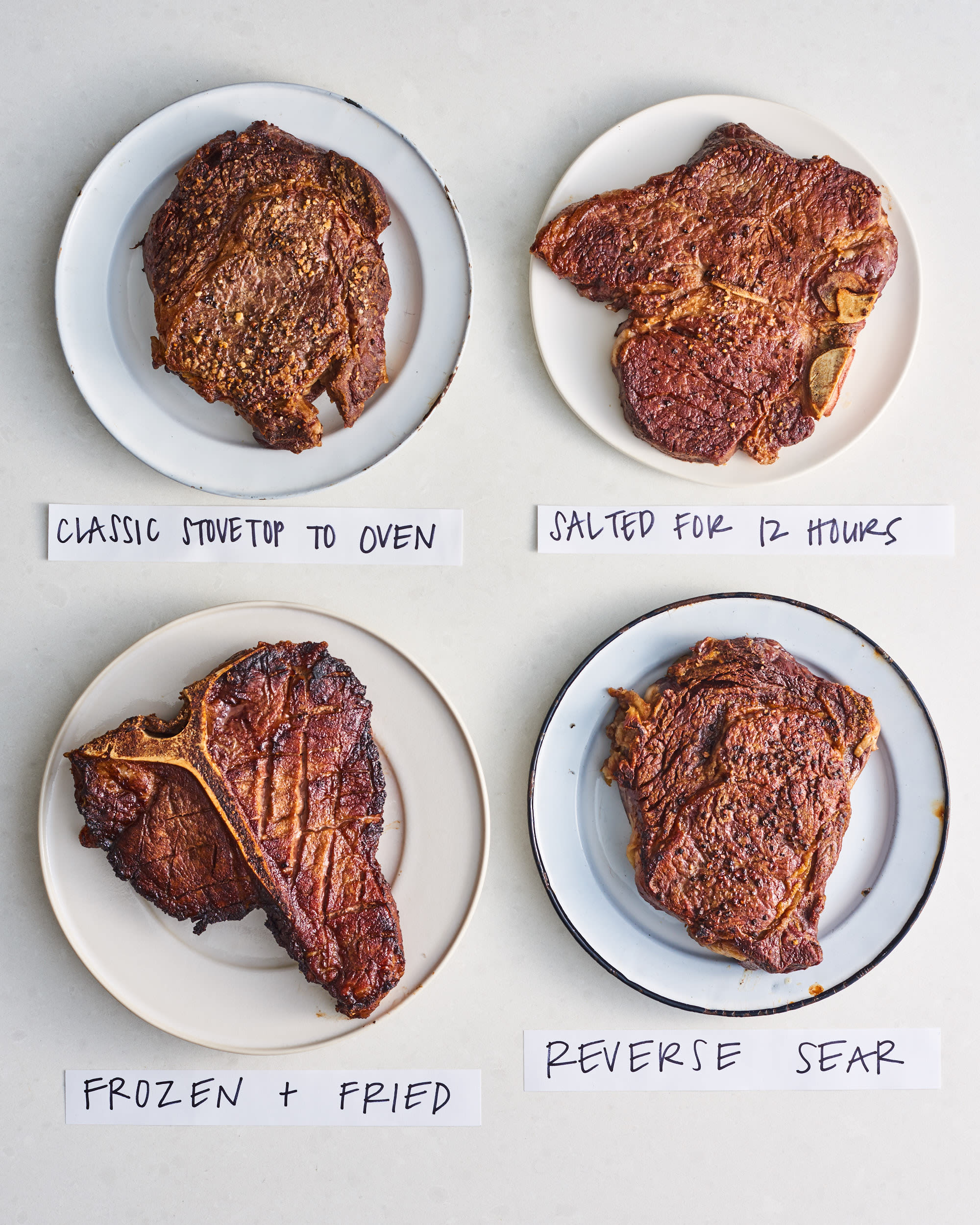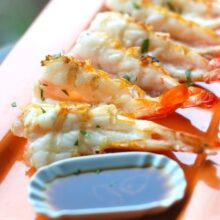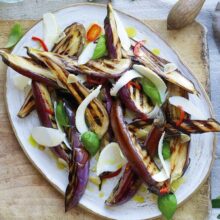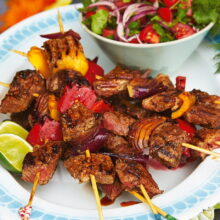Steak Cooking Techniques

If you’ve been grilling steaks for a while, you probably have a favorite technique for cooking them. Perhaps you start them on a hot grill and then move them to the oven for a gentle finish.
This is a classic steak method that works for many different cuts of meat, especially thinner ones like flank or flat-iron steaks. It’s also a quick way to get that delicious brown crust and slightly pink center on most steaks.
Grilling
The grill is one of the easiest ways to cook steak. Whether you’re cooking for yourself or an entire crowd, the key to a perfect steak is a high-quality cut and good technique.
Salting a day in advance helps the meat retain moisture and flavor. A good steak will have a fair amount of fat marbling throughout, which means it’ll tenderize and melt when cooked on the grill.
Season your steak with just salt and pepper before placing it on the grill. This is enough to make it flavorful, but not overpowering with either ingredient.
Depending on the cut you choose, you’ll want to sear over direct heat for 3 – 4 minutes and then move it to indirect heat to finish cooking (if you’re using a high-heat grill, you may have to turn the steak over about every two minutes). The sear will seal in the juices, leaving a beautiful crust on the outside while the inside is cooked to perfection.
Broiling
Broiling is a great way to cook steaks, particularly thin and lean cuts of meat. These include flank steak, skirt steak, thin strip steaks and filet mignon.
Before you broil, check the packaging for instructions on preparing your cut of meat for the cooking method. This will help ensure that the steak is tender and ready to eat.
Positioning a steak for broiling requires attention to details like the position of your oven rack and the distance from the heating element. If you are using a standard broiler pan, your steak might end up too close to the element–as much as 1 inch (2.5 cm) from it–and cause it to smoke out of the oven.
If you want to keep your meat from smoking out of the oven, use a wire rack and a disposable aluminum roasting pan with a slotted bottom to catch any drippings. This works by absorbing the fat drippings before they smolder and burn.
Pan Searing
Searing is one of my favorite steak cooking techniques because it produces a flavorful crust on the outside that also keeps the inside moist and tender. But you need to know how to do it correctly to get the best results.
The key is to use a pan that can withstand high heats and has a thick bottom. Stainless steel and cast iron are both excellent materials for searing because they can withstand the heat without breaking down.
You need to sear the meat for a couple of minutes on each side until you see a good brown crust form. Flip and cook for a few more minutes until the other side is browned well too.
Keep in mind that it’s important not to over-flip the steak, as it can prevent a proper sear from forming. Flipping too often also risks losing some of the steak’s coveted juices, which is why it’s better to wait a few minutes between flips.
Sous Vide
Steaks are a staple in restaurants, but they can be intimidating to cook for yourself. Learning how to sear a steak correctly is essential to making it taste delicious.
Sous vide cooking allows steaks to reach internal temperatures that are lower than conventional methods, which can help reduce the amount of evaporation and denaturation that occurs as meats are cooked. This allows for a more tender steak that retains the meat’s original nutrients and flavor.
In addition, sous vide cooking also reduces food waste by reducing shrinkage and spoilage. This saves money for restaurants and can help to bolster profits as well.
If you are new to sous vide cooking, be sure to practice with smaller cuts until you get the hang of it. It’s also important to ensure that your steak is the same thickness so that you can achieve a consistent cook time and temperature.


